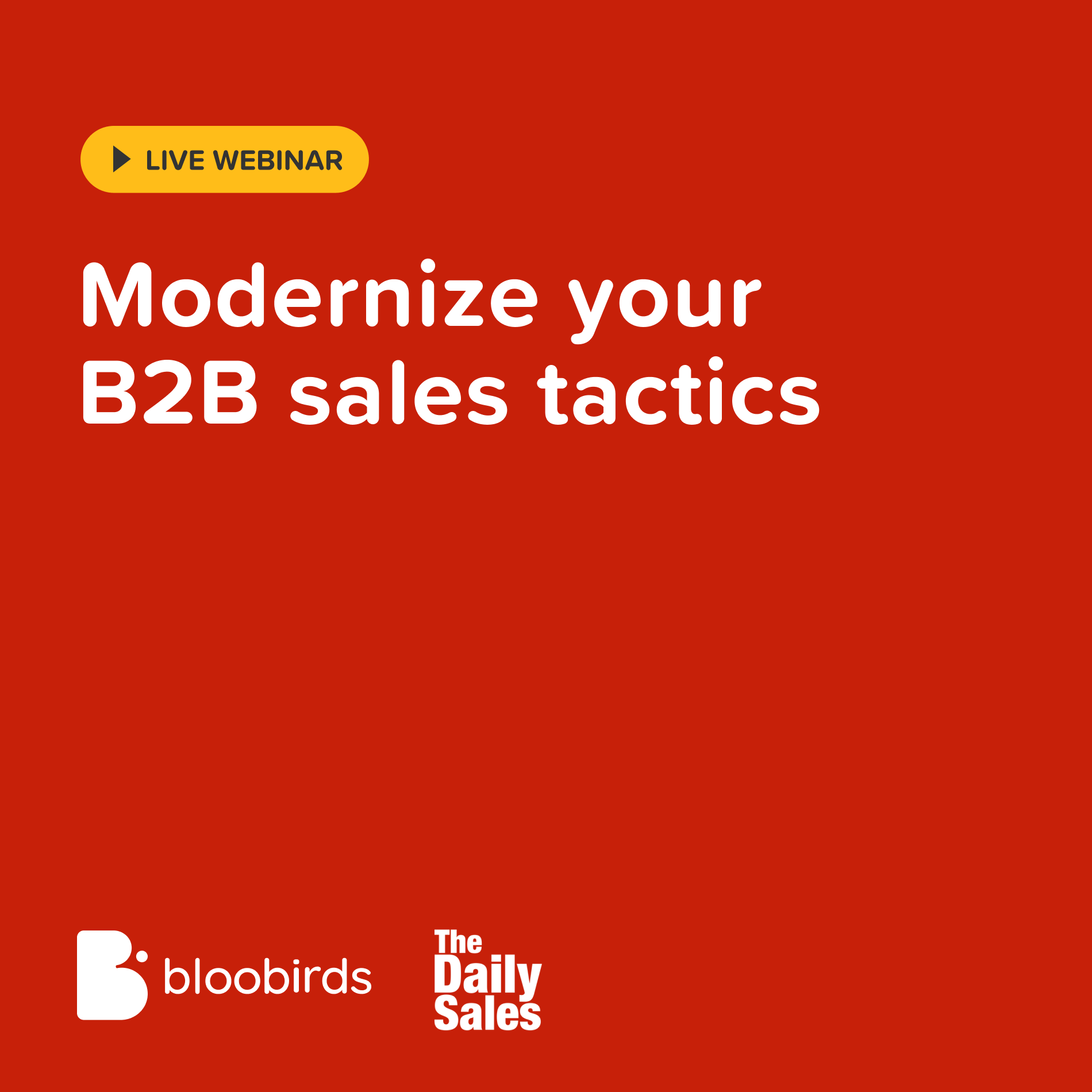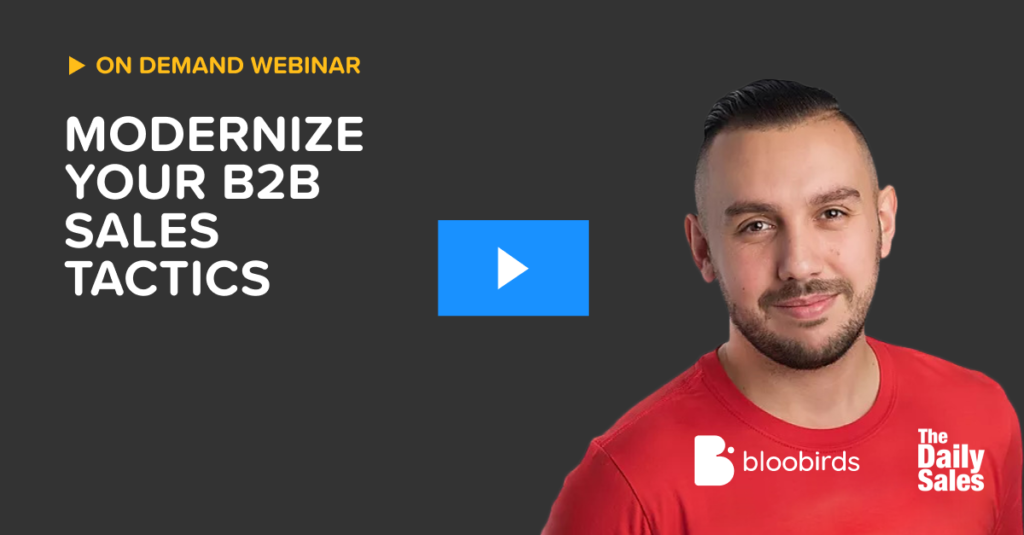B2B sales are more dynamic than cold calls and email sequences. Social selling and personal branding have become the latest rage in attracting prospective clients; and, transforming leads into future company revenue.
However, does social selling merit all the hype?
We’re diving into the popular approach topic to see both: What it’s all about? and, What you can expect to see from it this year?
Ready to jump in? Let’s go!
What is social selling?
Social selling gets its popularity through the fact that sales development teams can now engage with prospects on different social media platforms. SDRs have the opportunity to answer prospect’s questions online and share relevant content on social networks to move the lead along the sales pipeline.
Just In 2019, LinkedIn alone witnessed 300 million individuals on its professional networking platform; while Twitter saw 350 million users tweet-ing away. And while those figures may not seem much, take into account the following facts:
- According to Hubspot, LinkedIn holds the potential to generate three times more conversions when compared to other reputable social media platforms.
- 59% of B2B marketers argue that LinkedIn is a valuable source for lead generation for their companies.
- When it comes to finding relevant content, LinkedIn is the preferred choice for 91% of marketing executives using the platform.
If you’re in B2B sales, then you can surmise that networking-friendly LinkedIn, could be a valuable hub of qualified sales opportunities.
In 2019 LinkedIn witnessed 300 million individuals on its professional networking platform
Key principles of social selling
What with social selling growing exponentially, and more competitors in the B2B space every day, you might be curious as to where to start.
While we won’t afford you an in-depth look into the strategy quite yet, we’ll let you in on the aspects that we find helpful here at Bloobirds.
1. A strong focus on the right prospects
Social selling can take prospect research just one step further. With LinkedIn as a reputable professional network, social selling works to leverage the significant insight that the platform provides and identify prospects.
Assuming that your sales development team has pre-established criteria regarding ideal customer profiles, you can expect to maximize social listening skills and hone in on formidable targets for your company.
In fact, according to a recent report, 39% of respondents reported a beneficial decrease in lead research time. What does that mean for the conventional sales teams that already gather social insights?
With a reportedly reduced time in performing the tasks, you can then focus on pulling together even more information from various sources to build up to a warm initial call, or rather, meaningful conversation with a prospect.
2. Less pitch, more value.
PPC advertising is the norm for any SaaS company. However, social selling gains its appeal in the industry by placing more weight on the “socializing” component.
This line of strategy encourages SaaS companies to upload social posts that bolster your reputation as an expert in the field to resonate better with prospects. In fact, 92% of B2B buyers are more likely to start up a conversation with a sales professional who’s perceived as an industry thought leader than otherwise.
Of course, to position yourself as an expert and gain prospects’ trust, you’ll have to turn up the notch and truly engage online. Apart from posting original and relevant material, you’re encouraged to share posts from other professionals in the industry.
Posting for the sake of posting can come off as inauthentic and lose potential buyers’ trust
But nobody likes a wannabe. Make sure to only comment on pieces that allow you to impart real knowledge on the subject matter. Posting for the sake of posting can come off as inauthentic and lose potential buyers’ trust.
3. More meaningful relationships
Relationships with prospects and clients are of the utmost importance. And there’s no reason why social selling can’t boost those relationships even more.
Indeed, social selling pushes you to strengthen relationships by adding information about buyers that you won’t find elsewhere. LinkedIn gives you a daily glimpse into prospects’ professional trajectories and career moves, interests, and topics that are truly meaningful to them.
What that suggests is that if you can stay up-to-date with prospects and like or comment on their posts, you have a much higher probability of receiving future referrals. And, who knows if just that additional like makes an additional customer?
Is there more to social selling?
The approach is a hot topic in B2B sales. It even includes elements of personal branding and accurate product information that catches the eye of specific customers with tools like Sales Layer. Although mixed buzz surrounds the subject, many mid-level managers and SDRs already post customized banners and personalized content on social media platforms to boost their LinkedIn profile.
However, to what degree is it useful, and how can you measure ROI?…well, we’ll let social selling expert Daniel Disney answer those questions and more in our upcoming live webinar.
To what degree is it useful, and how can you measure ROI?
If you want to explore social selling more and hear why thousands of sales professionals turn to Daniel’s The Daily Sales for inspirational sales content, this is the online session for you!
If you enjoyed these highlights from our live session, we encourage you to check out the webinar in its entirety.

